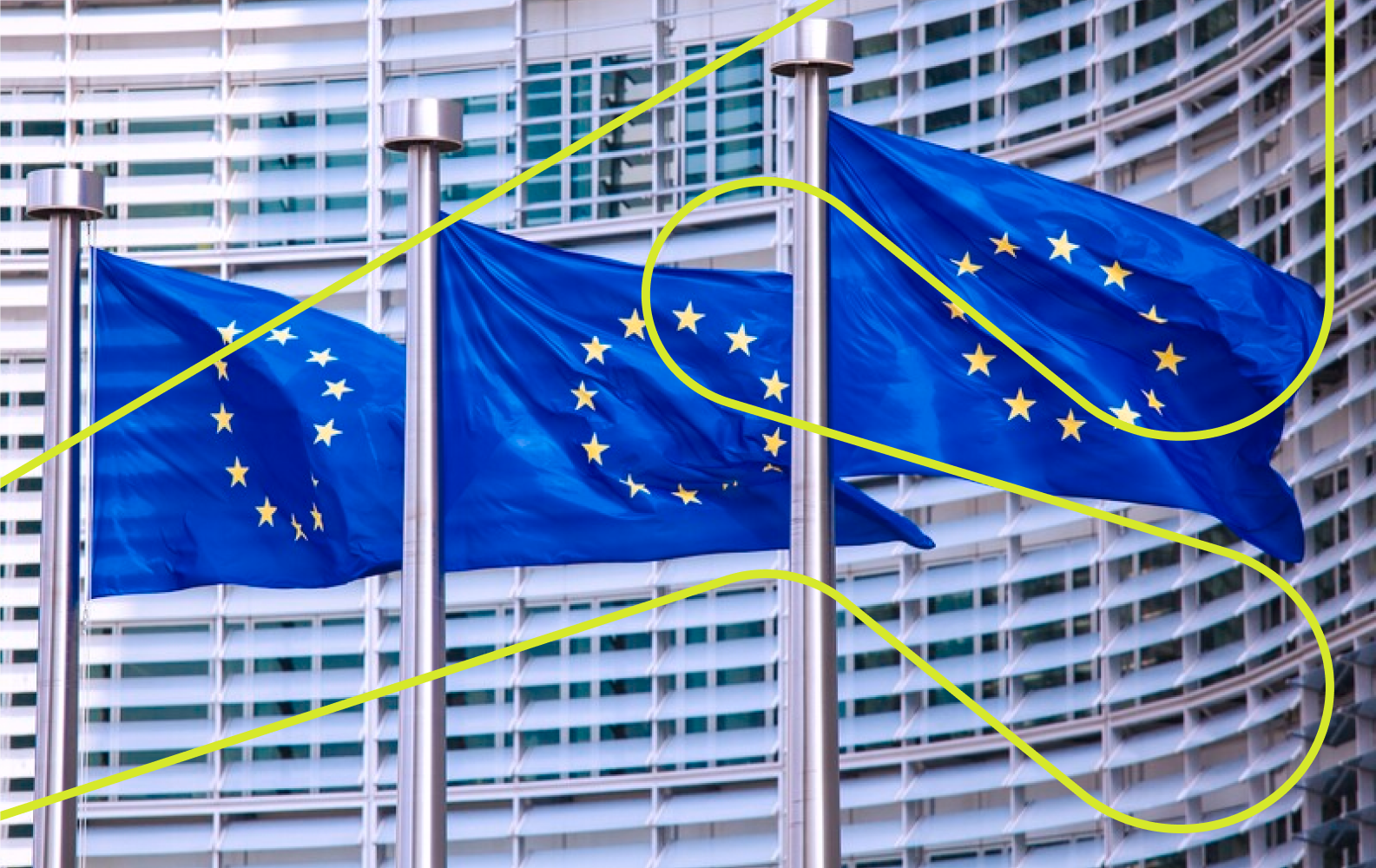Facts about Horizon Europe
Horizon Europe is the world's largest research and innovation programme with a budget of EUR 95.5 billion.
As much as 35 per cent of the budget will be allocated to climate objectives to achieve green transition and sustainable value creation for companies, research institutions and public administration.
The programme is the ninth in a series of EU research and innovation programmes and succeeds Horizon 2020. An important innovation is the introduction of ambitious missions-oriented research and innovation assignments to solve selected major societal challenges.
Horizon Europe’s three pillars
Horizon Europe Horizon Europe consists of three "pillars":
- Excellent science
- Global challenge and industrial competitiveness
- Innovative Europe and a cross-cutting area.
1. Excellent science
In this pillar you will find funding for ground-breaking and curiosity-driven research initiatives under the European Research Council (ERC), the mobility funding instruments under Marie Skłodowska-Curie Actions and funding for research infrastructure.
2. Global challenge and industrial competitiveness
Pillar 2 is organised into six wide-ranging clusters that targets societal challenges and industrial leadership (enabling technologies). The clusters funds thematic research and innovation in collaboration projects.
More than half of Horizon Europe’s budget is set aside to Pillar 2. Initiatives in missions and partnerships are funded under this pillar.
3. Innovative Europe
The pillar Innovative Europe aims to bring Europe at the forefront of market-creating innovation and SME growth through the European Innovation Council (EIC). The pillar supports development of the European innovation landscape, through European Innovation Ecosystems (EIE) and he European Institute of Innovation and Technology (EIT) which promotes the integration of business, research, higher education and entrepreneurship.
Crosscutting part - WIDERA
In addition to the three main pillars, Horizon Europe consists of a crosscutting part (WIDERA) that will ensure wider participation and strengthening of the European Research Area (ERA).
The main content of the crosscutting part will also contribute to the dissemination of outstanding quality and reform and improve the European research and innovation system.
The Research Council's presentation of Horizon Europe (pdf in Norwegian).
What are "missions"?
The European Commission has identified five societal challenges that it wants concrete and ambitious solutions to by 2030. The social missions mean that research and innovation policy focuses even more on solving global challenges. By linking research and innovation more closely to political strategies, regulations and data services, solutions will be created faster than before.
Five designated societal missions
European Partnerships in Horizon Europe. What is it?
A quarter of the funds in Horizon Europe is allocated to partnerships. Through the partnerships, the European Commission enters into agreements where funds from the framework programmes will be used together with funds from member states or from the business sector. The bulk of the funds go to industry-oriented partnerships.
There are three types of partnerships: co-funded, co-programmed, and institutionalised. Calls for proposals from the partnerships represent great opportunities for Norwegian research groups and companies.
Norwegian participation in the EU Framework Program for R&D
Read more about Horizon Europe
National Contact Points (NCP) for Horizon Europe
Our national contacts (also known as NCPs) are happy to help you if you have questions or would like advice and guidance
Horizon Europe
The EU's official website on Horizon Europe.

